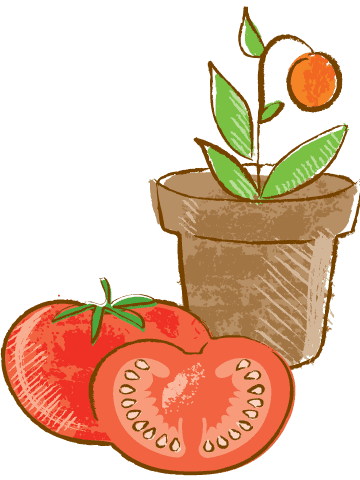Starting from Seeds
If you want to participate in the growing process from the very beginning, start with seeds. It takes attention, time, and patience but is very rewarding too. Two easy leafy greens to grow from seed are spinach and kale. They grow well in pots, on a patio, or in a garden, if you have space.
Before starting, read the instructions on the seed packet, especially details about spacing needs and details about germination times.
One way to ensure success is to sprout the seeds before planting. First, find a domed clean container like a plastic to-go container. Lay a paper towel in the bottom of the container. Make a row of seeds. Fold the paper towel over the seeds and then add some warm water until it’s just moist. Close the lid, and you’ve just made a miniature greenhouse! Place the container somewhere warm like on top of the refrigerator or on a sunny windowsill. Check daily to make sure the paper towel is still damp, and as soon as you see a little root with tiny leaves, very gently plant the spout into soil in a seeding pot.






